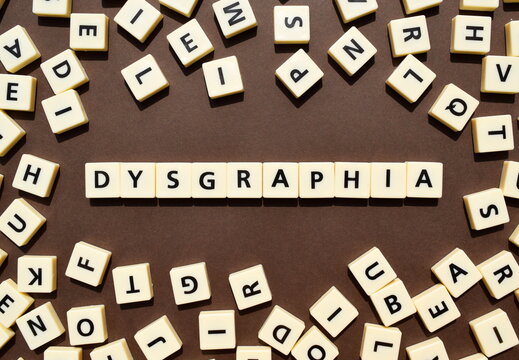Différents types de dysgraphie
Dysgraphia is a very common learning disability among those with dyslexia and dyscalculia. Dysgraphia is a neurological disorder characterized by writing disabilities. Specifically, the disorder causes a person's writing to be distorted or incorrect. In children, the disorder generally emerges when they are first introduced to writing. that is neurobiological in origin. It is characterized by difficulties with difficulties writing in a straight line, difficulties with holding and controlling a writing tool, writing letters in reverse, having trouble recalling how letters are formed, and having trouble knowing when to use lower or upper case letters.
When kids struggle with writing this also affects school performance in other areas. Even if they use computers, penmanship skills are essential because of the need for developing fine motor skills and the brain-body connection.
Dysgraphia can be seen in five different categories: Dyslexic Dysgraphia, lexical dysgraphia, motor dysgraphia, spatial dysgraphia, and phonological dysgraphia.

Dyslexic Dysgraphia
Students with Dyslexic dysgraphia have difficulties writing, spelling, and disorganized writing.
The motor control skills in students with dyslexic dysgraphia are generally normal; However, these students are totally disconnected between their thought and the ability to transfer them into writing. They sometimes mix upper- and lower-case letters and fail to complete a word when writing it.
Students with this disability have handwriting that is extremely difficult to read.

Lexical Dysgraphia
Students with lexical dysgraphia, compared to those with dyslexic and phonological dysgraphia have reasonably good spelling abilities. However, they struggle with irregular or unusual words, correct word organization in sentences, and choosing and writing the correct word.
Students experiencing lexical dysgraphia are aware of their difficulties compared to others’ experiences of writing. And this is very frustrating for them.

Motor Dysgraphia
Students with motor dysgraphia have normal spelling abilities and do not experience any lexical or phonological confusion when writing. However, their difficulties result in messy-to-illegible handwriting due to motor control issues. This takes these students a lot of effort to produce.
Students with motor dysgraphia generally prefer typing on computers rather than using pencils or pens.

Spatial Dysgraphia
Students with spatial dysgraphia have trouble writing in a straight line or in an appropriate space to write. While writing sentences, these have difficulties maintaining an appropriate amount of space between words or letters. As with motor dysgraphia, spatial dysgraphia does not impact linguistic ability or spelling.
These students prefer using a computer rather than pencils or pens to control the distribution of written words in a given space.

Phonological Dysgraphia

